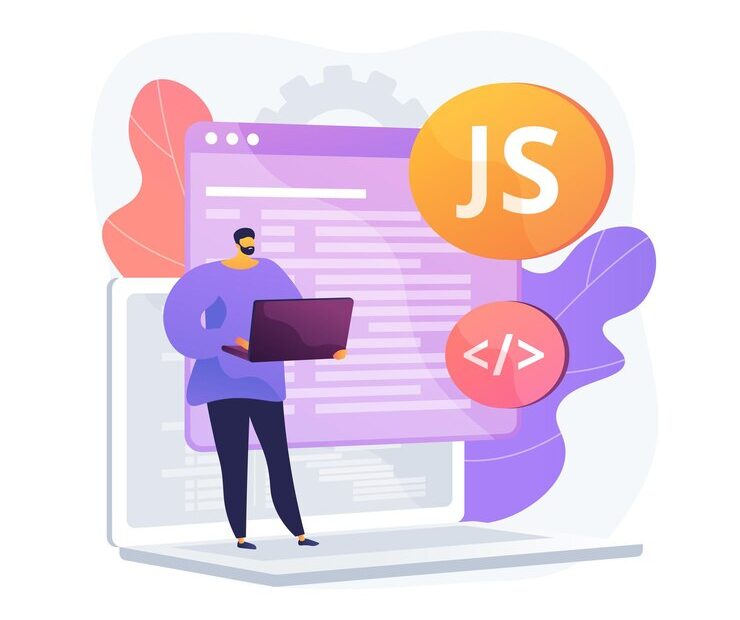JavaScript is one of the most popular programming languages in the world, known for its versatility and efficiency in creating interactive web pages. Whether you’re new to programming or looking to expand your skills, learning JavaScript is a great way to start. In this article, we’ll cover the basics of Java Script and guide you through building your first web page.
What is JavaScript?
JavaScript is a high level, interpreted scripting language that is used to create and control dynamic website content. It can update and change both HTML and CSS, and it can also calculate, manipulate, and validate data.
Enozom is a software development company that specializes in delivering high-quality, tailored solutions using modern technologies. By leveraging JavaScript and its powerful frameworks like React, Angular, and Node.js, Enozom develops dynamic, responsive web applications. This ensures their software is functional and engaging, making Enozom a preferred choice for businesses seeking innovative solutions.
Getting Started with JavaScript
To start using Java Script, you need a web browser (like Chrome, Firefox, or Edge) and a text editor (such as Visual Studio Code, Sublime Text, or even Notepad).
Adding JavaScript to Your Web Page
JavaScript can be added to your web page in three ways:
- Inline: Directly within an HTML element.
- Internal: Within a script tag inside the HTML document.
- External: In an external Java Script file linked to the HTML document.
Inline JavaScript
This method allows you to place Java Script code directly within an HTML element, such as within the attributes of a button. When the button is clicked, the Java Script code will execute.
Internal JavaScript
Internal Java Script is written within a script tag inside the HTML document’s head or body section. This method is useful for keeping the Java Script code separate from the HTML elements while still being part of the same document.
External JavaScript
External Java Script involves writing the code in a separate Java Script file and linking it to the HTML document using a script tag with a src attribute. This approach is beneficial for larger projects as it keeps the code organized and reusable across multiple HTML files.
Basic JavaScript Concepts
Variables
Variables are used to store data values. You can declare a variable using keywords like var, let, or const. Variables can hold different types of data, such as numbers, strings, or objects.
Data Types
Java Script supports several data types, including:
- String: Textual data enclosed in quotes.
- Number: Numeric data, including integers and decimals.
- Boolean: True or false values.
- Array: Ordered collections of values.
- Object: Key-value pairs for storing structured data.
Functions
Functions are blocks of code designed to perform specific tasks. They can accept input parameters and return output values. Functions help in organizing and reusing code.
Events
Java Script can respond to various user events such as clicks, mouse movements, and keyboard input. By attaching event listeners to HTML elements, you can execute Java Script code when these events occur.
Building Your First Web Page
Set Up Your Project: Create a new folder for your project and open it in your text editor. Create an HTML file and a separate Java Script file.
Write HTML: Structure your HTML file with basic tags such as
<!DOCTYPE html>,<html>,<head>, and<body>. Add a button element that will trigger your Java Script code.Link JavaScript: In the HTML file, link your external Java Script file using a script tag with the
srcattribute pointing to your Java Script file.Write JavaScript: In the Java Script file, write a function that performs a simple task, such as displaying an alert message. Attach this function to the button element using an event listener.
Test Your Page: Open your HTML file in a web browser. Click the button to see your Java Script code in action.
By following these steps, you will have created a basic web page that utilizes Java Script to respond to user interactions. This simple project lays the foundation for more complex Java Script applications and further learning.
Conclusion
JavaScript is an essential language for web development, offering the ability to create dynamic and interactive user experiences. By understanding the basics and practicing through simple projects, you can quickly become proficient in JavaScript and start building more advanced web applications.
